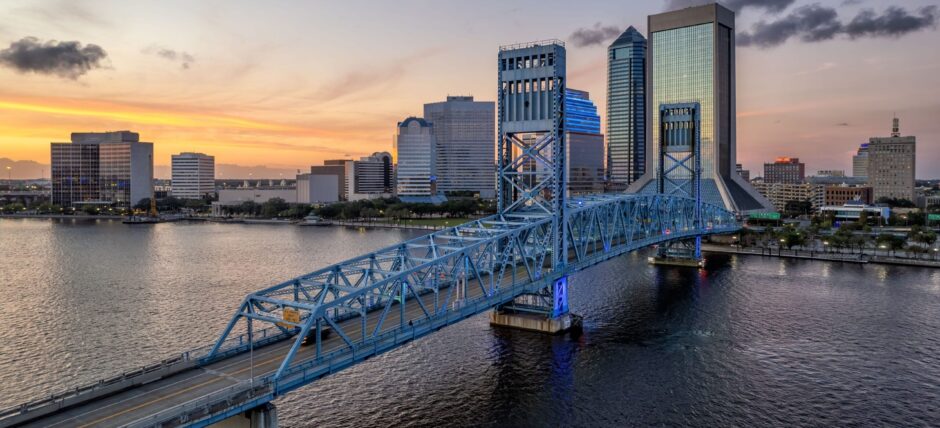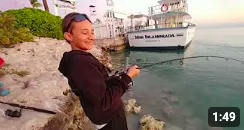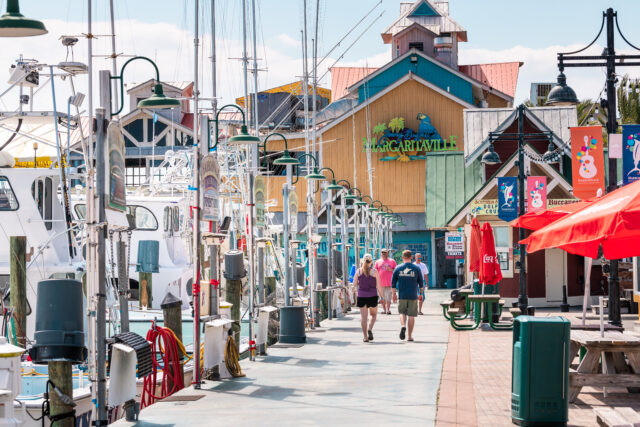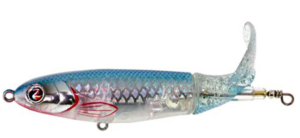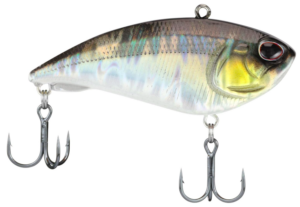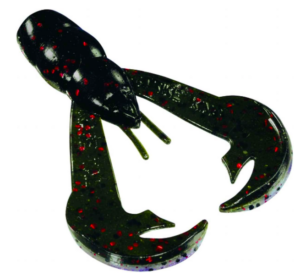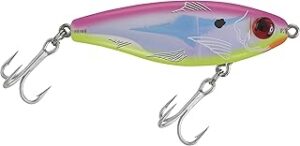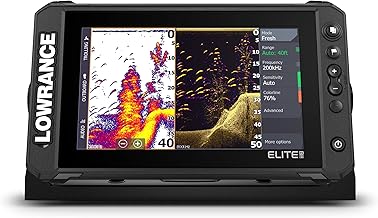Spring
| Month | Avg. Air Temps °F (Hi/Lo) |
|---|---|
| March | 72° / 52° |
| April | 78° / 58° |
| May | 84° / 65° |
Action: Redfish, speckled trout, and flounder in creeks and grass flats.
Slow: Sheepshead tapering off after spawn.
Tips: Use soft plastics for trout, live shrimp for redfish and flounder.
Summer
| Month | Avg. Air Temps °F (Hi/Lo) |
|---|---|
| June | 89° / 72° |
| July | 91° / 74° |
| August | 90° / 74° |
Action: Tarpon in the river mouths and jetties, redfish on the flats.
Slow: Flounder scattered until fall run.
Tips: Large mullet for tarpon; live shrimp or cut bait for redfish.
Fall
| Month | Avg. Air Temps °F (Hi/Lo) |
|---|---|
| September | 86° / 71° |
| October | 79° / 62° |
| November | 72° / 54° |
Action: Bull redfish at jetties, flounder migration begins.
Slow: Tarpon departing as temps drop.
Tips: Use finger mullet for reds; mud minnows for flounder.
Winter
| Month | Avg. Air Temps °F (Hi/Lo) |
|---|---|
| December | 65° / 48° |
| January | 63° / 45° |
| February | 66° / 48° |
Action: Redfish and trout in deep creeks and ICW channels.
Slow: Flounder and tarpon absent.
Tips: Slow work soft plastics or use live shrimp near structure.
